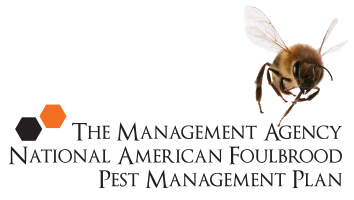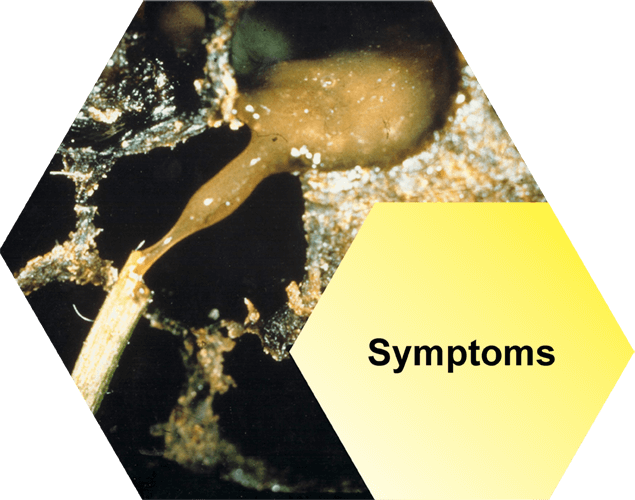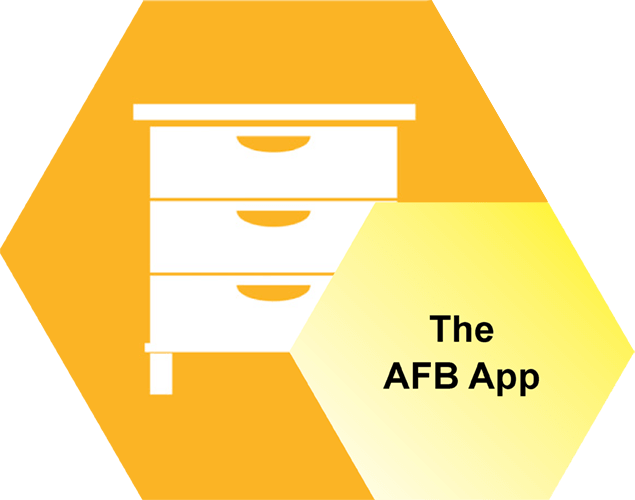"Spotty" brood pattern
How to identify spotty brood
Because larvae infected with AFB fail to emerge, infected cells are often surrounded by empty cells or by younger, healthy larvae. As a result, the brood in a colony with a heavy AFB infection often takes on a spotty pattern (Fig. 13).
Worker brood in a healthy hive generally has a more solid pattern, caused by the queen laying eggs of similar age in a number of adjacent cells. The eggs develop into larvae and are capped by the house bees at approximately the same time (Fig. 14).
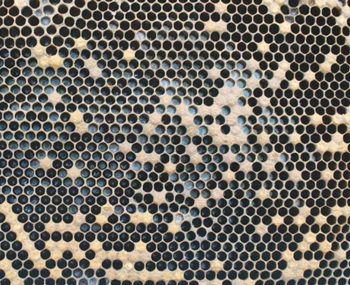
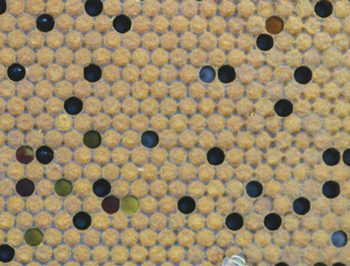
“Spotty” brood patterns can also be caused by other factors in the colony not related to AFB however, such as laying workers, a failing or inbred queen, or a range of other honey bee diseases.
Videos
Our videos cover everything from your legal obligations to how to recognise AFB, collecting cell and bee samples and more.
Symptoms
There’s a lot of good information here, telling you everything you need to know about recognising AFB: the visual symptoms, smell of AFB and more.
Inspection and Diagnosis
Successfully eliminate AFB by telling the difference between symptoms of AFB and other brood diseases in the hive. We tell you the best methods for inspecting your hives.
The Law
New Zealand beekeepers have a number of legal obligations that must be met regarding AFB disease. Read the shortened list in summary, here.
Elimination
Most hives become infected because bees, honey or equipment have been put into a hive from another hive that is infected with AFB. Lower your chances of an AFB infection by reading this section.
AFB Recognition Course Info
Find out when the next AFB Recognition and Competency Courses, or Refresher Courses are available. These are held throughout the year in various New Zealand locations across the South Island and North Island.
The AFB App
Follow the link below to open the App. Once open to save to your device you need to bookmark the URL on your phone so you can find it easily again. Please click here to open.
